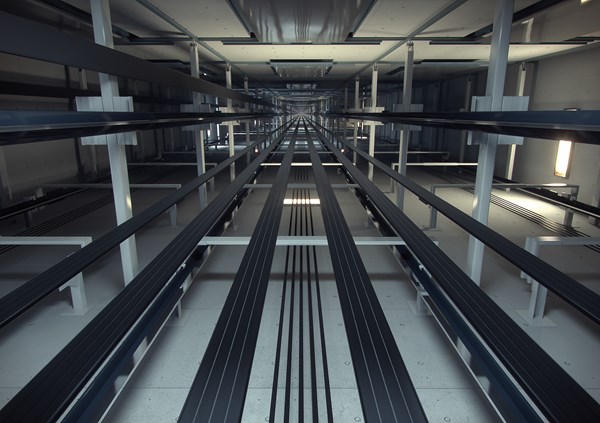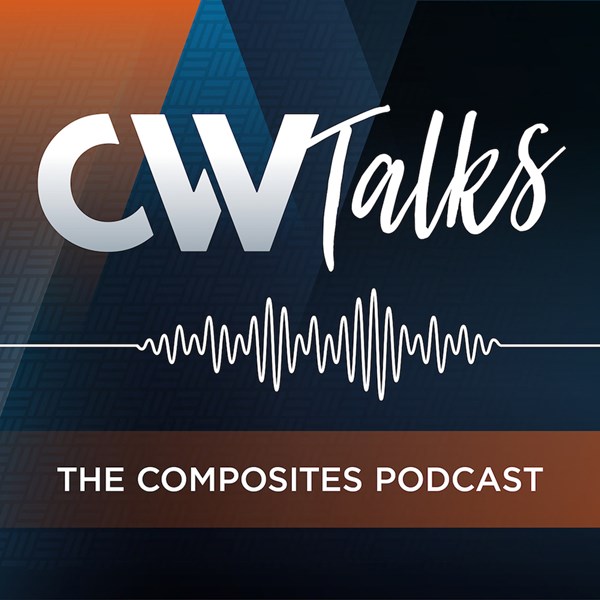CW Talks: How carbon fiber beat out steel in elevator cabling
CW Talks: The Composites Podcast learns from KONE’s Steve Gonzalez how pultruded carbon fiber UltraRope was developed to help move elevators up and down in the world’s tallest buildings.

KONE’s pultruded carbon fiber elevator cabling product enables long-distance elevator travels in the world’s tallest buildings.
CW Talks: The Composites Podcast checks in this week with Steve Gonzalez, director – major projects unit, Americas, at elevator manufacturer KONE (Lisle, IL, US). Actually, KONE makes people transport systems, which Gonzalez explains.
KONE has made a name for itself for the development of UltraRope, a pultruded carbon fiber flat cabling system designed to replace the steel cabling traditionally used to move elevators up and down inside a building. The problem is that as buildings get taller, the increased use of steel cabling becomes prohibitively heavy. And with buildings like the Kingdom Tower in Jeddah, Saudi Arabia, scheduled to check in at 1 km tall, a lightweight alternative is a necessity.
Gonzalez explains the physical dynamics of people transport, the 10-year effort to develop UltraRope and how the market has reacted to the product. If you want to learn more, Gonzalez is giving a presentation about UltraRope at .
Catch the CW Talks podcast at any of these locations:
- ÂÌñÏ×ÆÞ: CW Talks

Related Content
-
From the CW Archives: Airbus A400M cargo door
The inaugural CW From the Archives revisits Sara Black’s 2007 story on out-of-autoclave infusion used to fabricate the massive composite upper cargo door for the Airbus A400M military airlifter.
-
Bladder-assisted compression molding derivative produces complex, autoclave-quality automotive parts
HP Composites’ AirPower technology enables high-rate CFRP roof production with 50% energy savings for the Maserati MC20.
-
Composite resins price change report
CW’s running summary of resin price change announcements from major material suppliers that serve the composites manufacturing industry.






